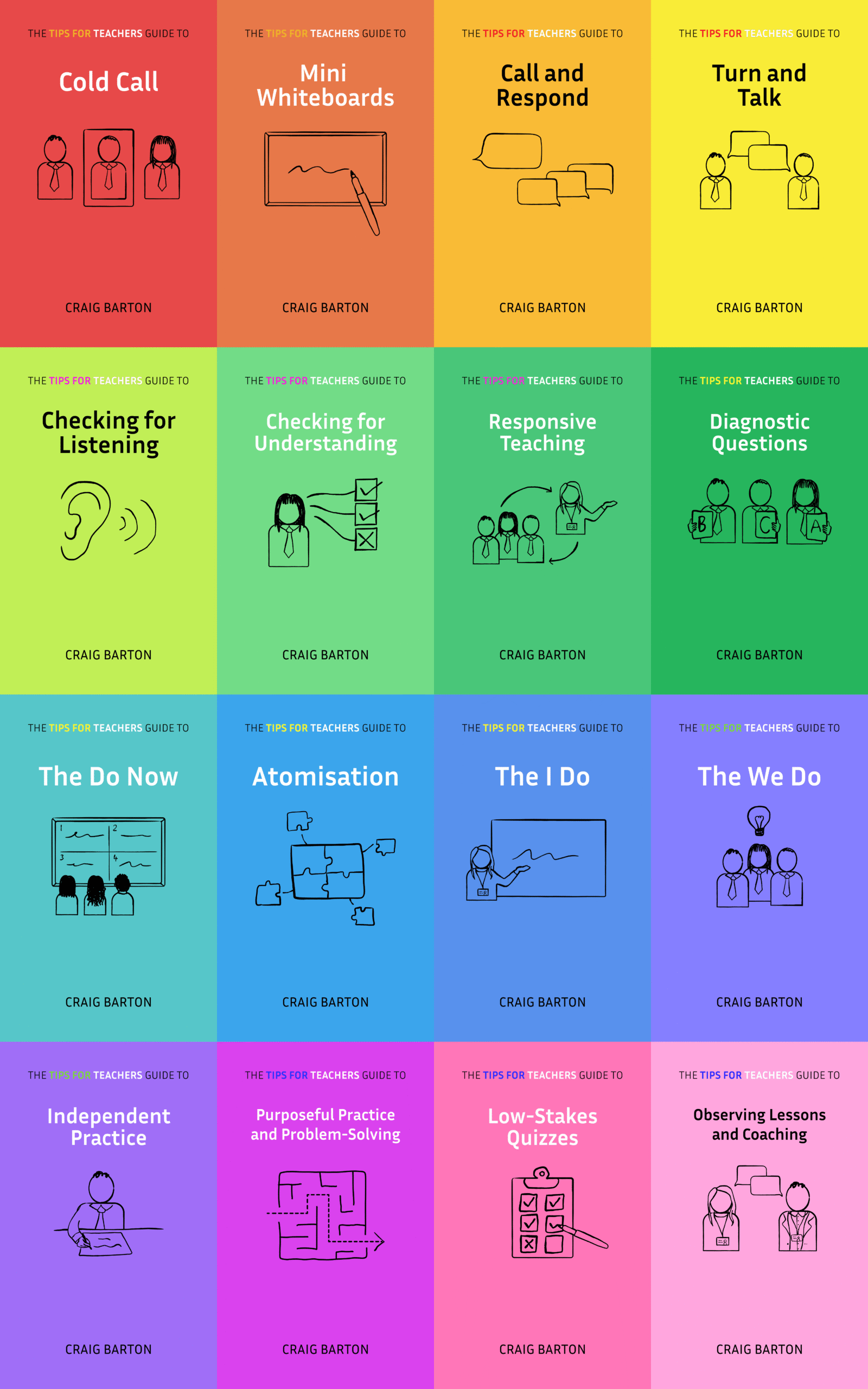Summary
This YouTube transcript details a teacher’s strategies for responsive teaching using diagnostic questions. The core idea is to react effectively to student responses, addressing misconceptions while challenging those who grasped the concept. Three scenarios are presented: most students understanding, no students understanding, and a mix of understanding levels. For the mixed scenario, the teacher focuses on struggling students, providing support while simultaneously engaging advanced learners with extension questions. These strategies, focusing on adapting instruction based on student responses, are designed to maximize learning for all students.
What are the implications for teachers?
The implications for teachers using responsive teaching, particularly with diagnostic questions, involve being prepared to respond to different scenarios based on student understanding. Here are some key implications for teachers:
- Responding to Widespread Understanding: If the majority of students (80% or more) answer a diagnostic question correctly, the teacher should quickly verify the reasons behind their answers, perhaps by asking a student to explain their choice. After this, the teacher can move on with the lesson and address the few students who answered incorrectly individually.
- Addressing a Lack of Understanding: When a large number of students answer a question incorrectly, it indicates a need to revisit the concept. The teacher may need to pause the lesson, backtrack, or plan to revisit the concept at the start of the next lesson. Diagnostic questions are useful in this scenario because they provide insight into the specific misunderstandings.
- Responding to a Split in Understanding: The most challenging scenario occurs when there is a mix of students who understand the concept and those who do not. In this case, the teacher’s focus should be on the students who are struggling, providing them with support such as additional examples. Simultaneously, students who have answered correctly should be given tasks to further challenge their understanding, such as explaining their reasoning, or convincing others, or changing aspects of the question. The teacher can assess the students’ understanding through activities like having students swap their work and discuss the answers.
- Using Generic Prompts: Teachers can use generic prompts with diagnostic questions. Examples of these generic prompts are “How would you convince someone who thinks the correct answer is A that their answer is not correct?”, and “Change one thing in the question so that A is now the correct answer”. These prompts can be used across different subjects.
In summary, responsive teaching using diagnostic questions requires teachers to be flexible and adaptable, ready to respond to various levels of student understanding. Teachers must be prepared to adjust their instruction based on the feedback they receive, providing additional support where needed, and offering challenges for students who demonstrate understanding.








